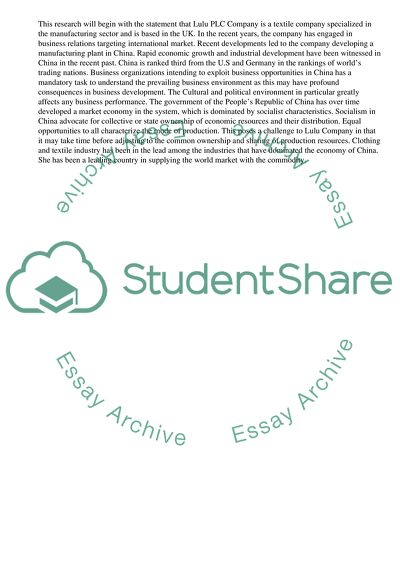Cite this document
(“Lulu PLC Clothing Manufacturing In China Essay Example | Topics and Well Written Essays - 2000 words”, n.d.)
Retrieved de https://studentshare.org/business/1608190-lulu-plc-company
Retrieved de https://studentshare.org/business/1608190-lulu-plc-company
(Lulu PLC Clothing Manufacturing In China Essay Example | Topics and Well Written Essays - 2000 Words)
https://studentshare.org/business/1608190-lulu-plc-company.
https://studentshare.org/business/1608190-lulu-plc-company.
“Lulu PLC Clothing Manufacturing In China Essay Example | Topics and Well Written Essays - 2000 Words”, n.d. https://studentshare.org/business/1608190-lulu-plc-company.


